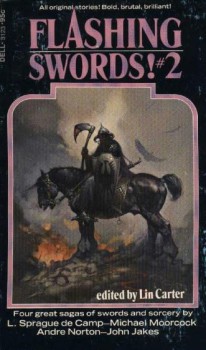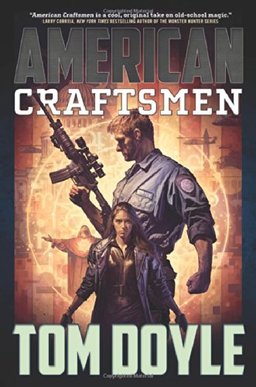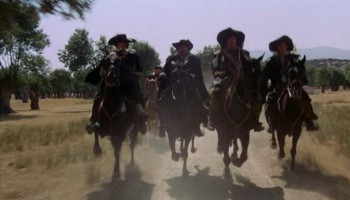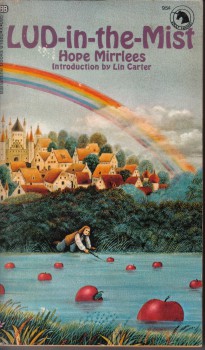Dark Comedy, Retro-futurism and a Bucket Load of Charm: Why Fallout 3 is a Bloody Good Game
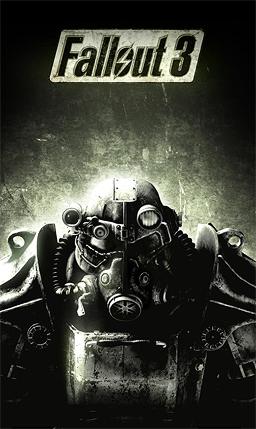 I’m willing to bet that, at some point in your childhood, you wanted to be Mad Max, and why not? Mad Max kicks ass: he’s got a shotgun, an Australian accent, a really cool dog, and the most grizzled beard in history: the five o clock shadow. Right then, so take the aesthetics and feel of Mad Max, mix it in with some retro-futurism, a brilliantly realized post-apocalyptic DC, and a bucket load of dark comedy, and you know what you get?
I’m willing to bet that, at some point in your childhood, you wanted to be Mad Max, and why not? Mad Max kicks ass: he’s got a shotgun, an Australian accent, a really cool dog, and the most grizzled beard in history: the five o clock shadow. Right then, so take the aesthetics and feel of Mad Max, mix it in with some retro-futurism, a brilliantly realized post-apocalyptic DC, and a bucket load of dark comedy, and you know what you get?
Fallout 3. That’s what you get. And yes, it’s every bit as badass as it sounds.
Now, if I weren’t a rambling, borderline incoherent muppet, I would end this post here and tell you to buy it, but I am a rambling, borderline incoherent muppet, so now I’m going to waste the next 10 minutes of your life telling you why it’s so good.
In fact, no, scratch that, let me go over what’s going on first, give you some context. After slapping the disc in your Xbox or whatever and booting this bad boy up, you’re asked to create your character and call him something stupid (I called mine Moist Pete). From there you live out your childhood in the safe but subjugating arms of Vault 101, one of the underground vaults built before the apocalypse to shelter the world’s best and brightest from the nuclear bombs dropped all over the US by the Chinese. You’ll go through your childhood, getting bullied, going to school and passing your exams and generally having a pretty decent time of things.
Then you wake up one morning to find out that Liam Neeson, your dad, has legged it off out into the wasteland because, according to him, running around an irradiated wasteland and having his legs blown off by an unexploded mine sounds like a lovely way to spend an afternoon. You then find out that everyone in the vault is looking for you too, so, after beating all of your childhood friends to death with a baseball bat and a police baton you go off in search of him, because, let’s face it, a man as smooth as Liam Neeson doesn’t make it through the apocalypse unmolested. He’s gonna need help.


